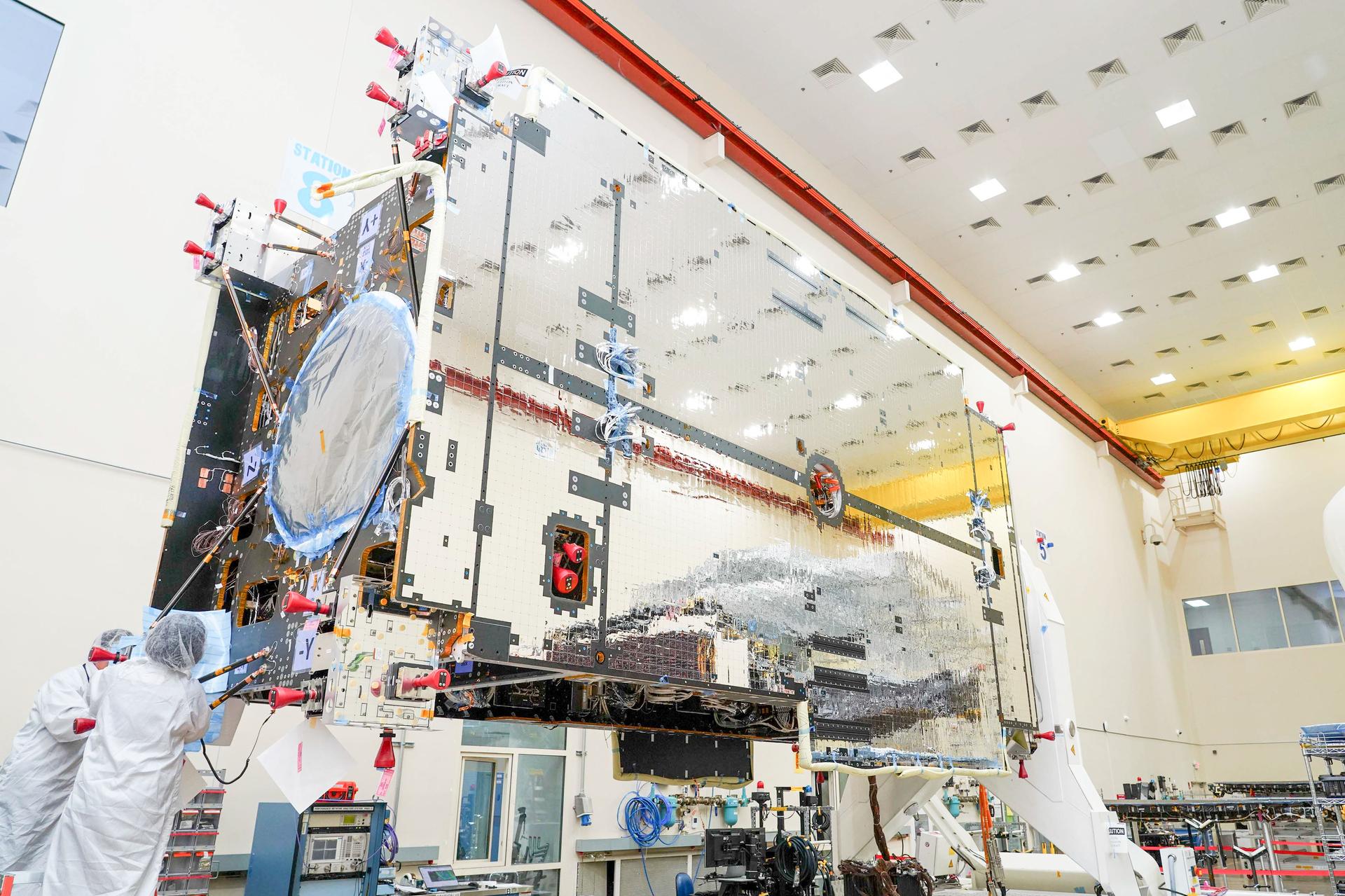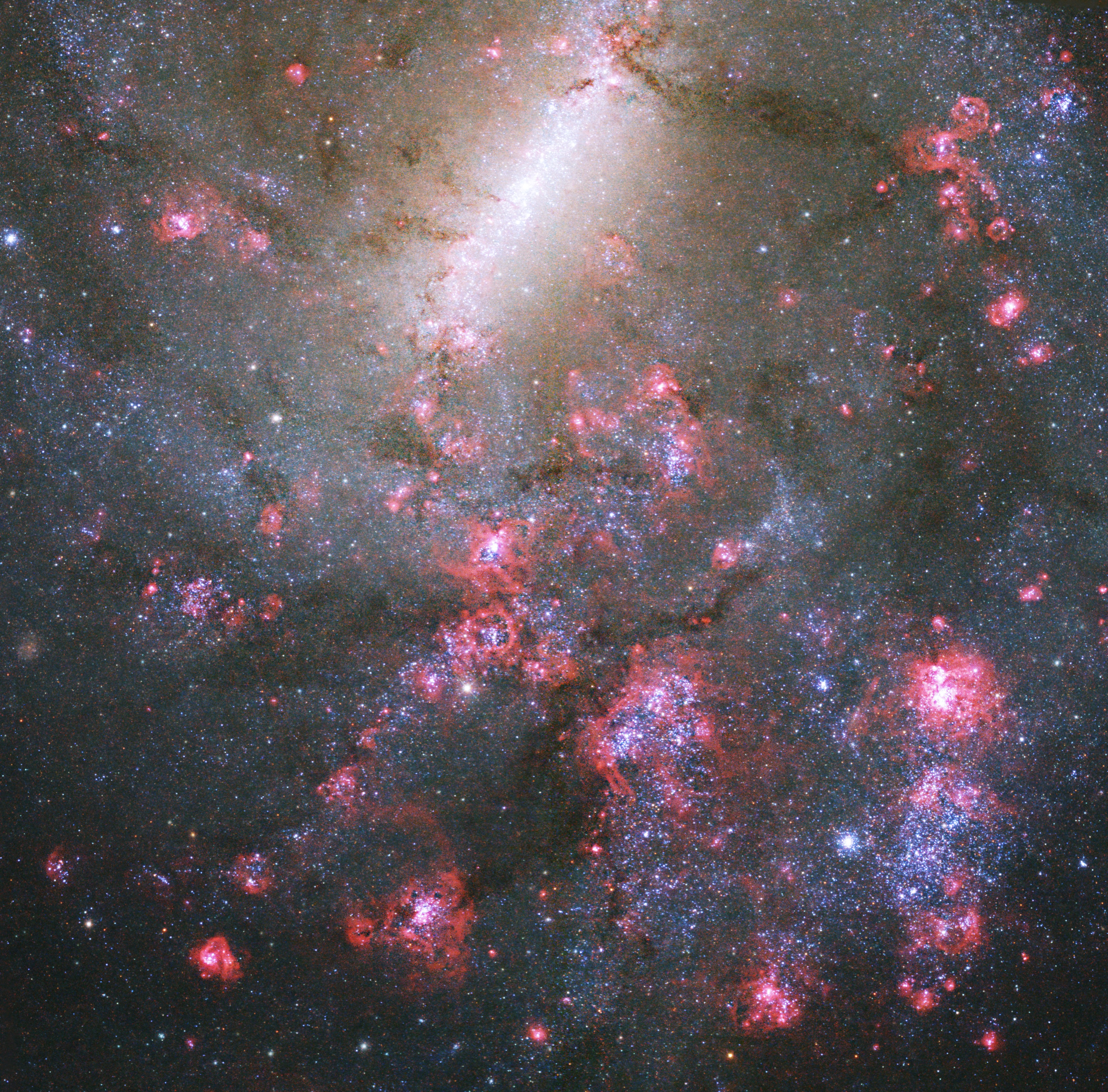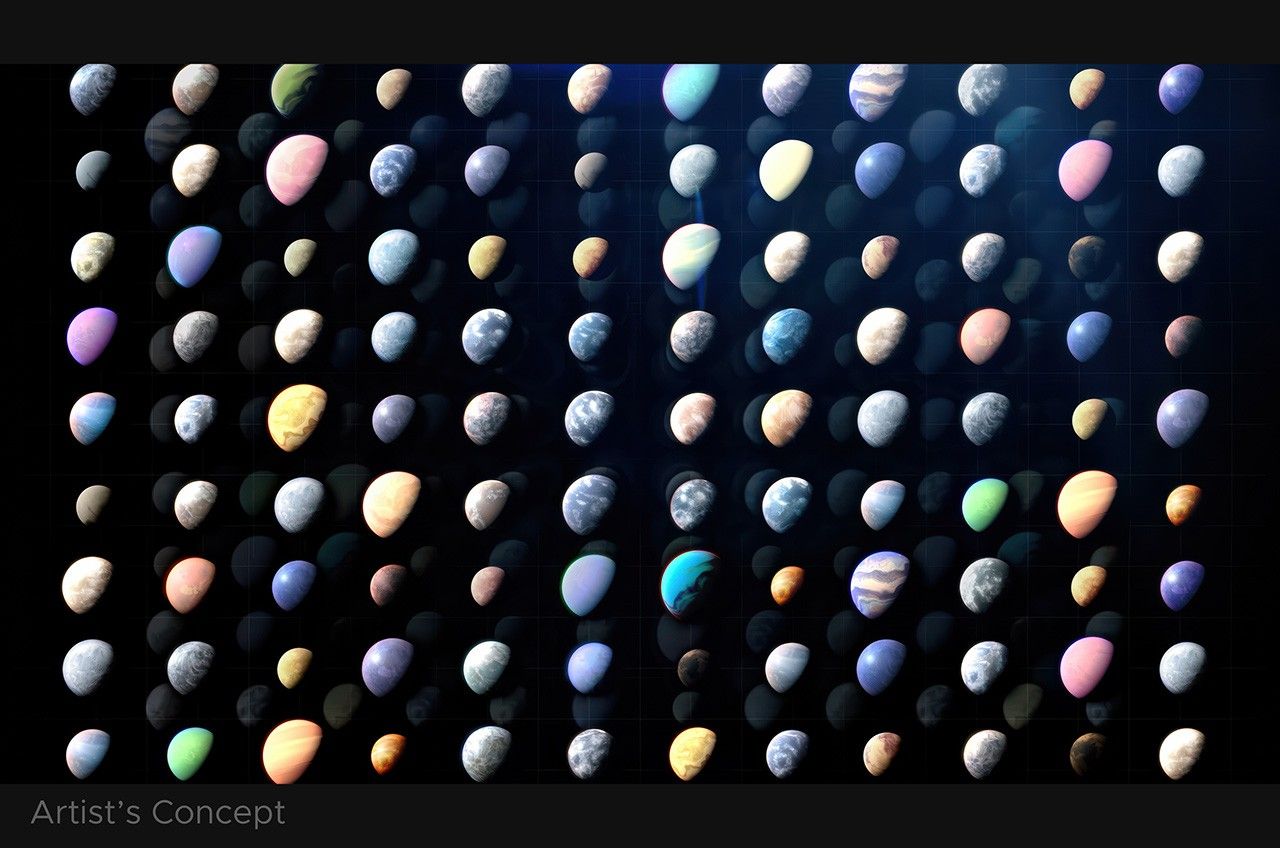Since the beginning of civilization, humanity has wondered whether we are alone in the universe. As NASA has explored our solar system and beyond, it has developed increasingly sophisticated tools to address this fundamental question. Within our solar system, NASA’s missions have searched for signs of both ancient and current life, especially on Mars and soon, Jupiter’s moon Europa. Beyond our solar system, missions, such as Kepler and TESS, are revealing thousands of planets orbiting other stars.

The explosion of knowledge of planets orbiting other stars, called exoplanets, and the results of decades of research on signatures of life – what scientists call biosignatures – have encouraged NASA to address, in a scientifically rigorous way, whether humanity is alone. Beyond searching for evidence of just microbial life, NASA now is exploring ways to search for life advanced enough to create technology.
Technosignatures are signs or signals, which if observed, would allow us to infer the existence of technological life elsewhere in the universe. The best known technosignature are radio signals, but there are many others that have not been explored fully.
In April 2018, new interest arose in Congress for NASA to begin supporting the scientific search for technosignatures as part of the agency’s search for life. As part of that effort, the agency is hosting the NASA Technosignatures Workshop in Houston on Sept. 26-28, 2018, with the purpose of assessing the current state of the field, the most promising avenues of research in technosignatures and where investments could be made to advance the science. A major goal is to identify how NASA could best support this endeavor through partnerships with private and philanthropic organizations.
To view the workshop online, visit: http://www.ustream.tv/channel/asteroid-initiative-idea-synthesis—3
On Thursday, Sept. 27 at 1 p.m. EDT, several of the workshop’s speakers will be answering questions in a Reddit AMA.
What are Technosignatures?
The term technosignatures has a broader meaning than the historically used “search for extraterrestrial intelligence,” or SETI, which has generally been limited to communication signals. Technosignatures like radio or laser emissions, signs of massive structures or an atmosphere full of pollutants could imply intelligence.
In recent decades, the private and philanthropic sectors have carried out this research. They have used such methods as searching for patterns in low-band radio frequencies using radio telescopes. Indeed, humanity’s own radio and television broadcasts have been drifting into space for a number of years. NASA’s SETI program was ended in 1993 after Congress, operating under a budget deficit and decreased political support, cancelled funding for a high-resolution microwave survey of the skies. Since then, NASA’s efforts have been directed towards furthering our fundamental understanding of life itself, its origins and the habitability of other bodies in our solar system and galaxy.
History of the Search for Technological Life
Efforts to detect technologically advanced life predates the space age as early 20th century radio pioneers first foresaw the possibility of interplanetary communication. Theoretical work postulating the possibility of carrying signals on radio and microwave bands across vast distances in the galaxy with little interference led to first “listening” experiments in the 1960s.
Thanks to NASA’s Kepler mission’s discovery of thousands of planets beyond our solar system,including some with key similarities to Earth, it’s now possible to not just imagine the science fiction of finding life on other worlds, but to one day scientifically prove life exists beyond our solar system.
As NASA’s 2015 Astrobiology Strategy states: “Complex life may evolve into cognitive systems that can employ technology in ways that may be observable. Nobody knows the probability, but we know that it is not zero.” As we consider the environments of other planets, “technosignatures” could be included in the possible interpretations of data we get from other worlds.
Debate about the probability of finding signals of advanced life varies widely. In 1961, astronomer Frank Drake created a formula estimating the number of potential intelligent civilizations in the galaxy, called the Drake equation, and calculated an answer of 10,000. Most of the variables in the equation continue to be rough estimates, subject to uncertainties. Another famous speculation on the subject called the Fermi paradox, posited by Italian physicist Enrico Fermi, asserted that if another intelligent life form was indeed out there, we would have met it by now.
NASA’s SETI work began with a 1971 proposal by biomedical researcher John Billingham at NASA’s Ames Research Center for a 1,000-dish array of 100-meter telescopes that could pick up television and radio signals from other stars. “Project Cyclops” was not funded, but in 1976, Ames established a SETI branch to continue research in this area. NASA’s Jet Propulsion Laboratory (JPL) also began SETI work.
In 1988, NASA Headquarters in Washington formally endorsed the SETI program leading to development of the High Resolution Microwave Survey. Announced on Columbus Day in 1992 – 500 years after Columbus landed in North America – this 10-year, $100 million project included a targeted search of stars led by Ames using the 300-meter radio telescope in Arecibo, Puerto Rico, and an all-sky survey led by JPL using its Deep Space Network dish. The program lasted only a year before political opposition eliminated the project and effectively ended NASA’s research efforts in SETI.
Why Start Looking at Technosignatures Now?
Fueled by the discovery that our galaxy is teeming with planets, interest in detecting signs of technologically-advanced life is again bubbling up. Kepler’s discovery in 2015 of irregular fluctuations in brightness in what came to be known as Tabby’s Star led to speculation of an alien megastructure, though scientists have since concluded that a dust cloud is the likely cause. However, Tabby’s Star has demonstrated the potential usefulness of looking for anomalies in data collected from space, as signs of technologically-advanced life may appear as aberrations from the norm.
Scientists caution that we will need more than an unexplained signal to definitively prove the existence of technological life. For example, there can be a lot of radio frequency interference from Earth-based sources.
NASA will continue assessing promising current efforts of research in technosignatures and investigating where investments could be made to advance the science. Although we have yet to find signs of extraterrestrial life, NASA is amplifying exploring the solar system and beyond to help humanity answer whether we are alone in the universe.
From studying water on Mars, probing promising “oceans worlds” such as Europa or Saturn’s moon Enceladus, to looking for biosignatures in the atmospheres of exoplanets, NASA’s science missions are working together with a goal to find unmistakable signs of life beyond Earth. And perhaps that life could indeed be more technologically advanced than our own.
Fascinating.





































